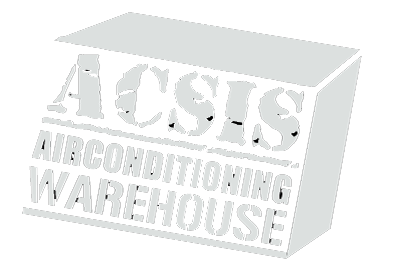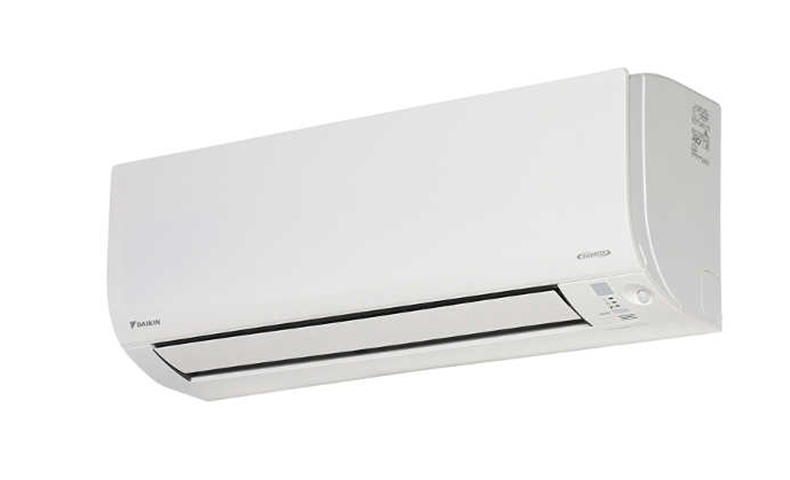As a homeowner, you find yourself constantly looking for methods to make your home more comfortable, reduce your energy bills and preserve your heating and air conditioning systems’ functionality. For many homeowners, an HVAC zone controller provides a precise strategy to accomplish all three of these goals.
In this blog, we guide you through the specifications and benefits of this system type.
What is a Zone Controller?
A traditional heating and air conditioning system employs a single thermostat. Through this thermostat, you program the entire house’s temperature. These systems rely on the temperature readings in a single room to represent the comfort level throughout the house.
A zone controller divides your home into several sections, sometimes as many as ten. This separation allows you to choose the conditions for each zone independently. A zone controller is a specialised thermostat which lets you set the temperature for each section of your house from a single centralised area.
What Types of Homes Use Zone Controllers?
In small, compact homes, traditional systems can work adequately. However, in larger or more complex homes, traditional HVAC systems can waste energy trying to heat the entire building in a uniform way.
Certain homes in particular experience problems with traditional single zone systems. Characteristics of these homes include:
- Apartment or living space above the garage
- High ceilings or cathedral ceilings
- Large homes
- Living spaces in the attic or basement
- Many residents who disagree on temperature
- Multiple stories
- Rooms with many windows or large windows
- Sunroom or incorporated porch
If your home falls into one or more of these categories, you might benefit from a zoned controlled system.
How Does Homeowners Benefit from Zone Controllers?
Regardless of the exact dimensions of your home, most homeowners experience similar benefits after installing a zone controlled system. These benefits generally include the following.
- Greater Convenience
Zone controllers offer convenience not available with traditional systems. Not only can you change the temperature in each part of your home independently, you can program the thermostat to do so automatically.
So if you prefer a different temperature setting in a specific room at one time of day, simply input your desired time and temperature. For example, the system can heat up your bedroom before you retire to bed every night.
- Increased Energy Efficiency
Traditional systems, no matter how high their energy rating, must heat the entire home evenly. Zoned systems remove this requirement.
This separation allows you to only use the energy you actually need. If, for example, one member of your family works from home, you can keep his or her home office cool all day without keeping the air conditioning running throughout the house.
- Intuitive Room Heating and Cooling
Zoned system make a lot of sense. After all, it’s counterintuitive to heat a room when no one will be in it for long periods of time.
Many homeowners find these systems easier to work with in the long run due to their common sense design.
- More Comfort
In order to maintain your comfort with a traditional system, you may have to adjust it multiple times throughout the day. You have to turn the heat up in the morning, keep the temperature level throughout the day and keep everyone comfortable while they sleep.
Zoned controllers enhance your ability to keep each member of your family comfortable, even if they disagree on temperature settings.
If you think a zone controller could improve the way that you control your home’s climate, contact a heating and air conditioning expert. This professional can help you determine whether or not you can simply add a zone controller to your existing system, how a zone controller could benefit your home and the best tactic for making the change.
When you look for new ways to improve your home, consider adding a zone controller to reap the benefits listed above.




